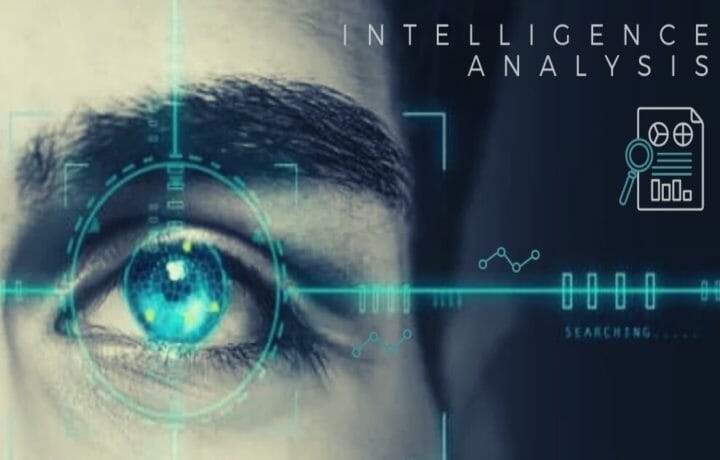The relationship between defense technology and commercial innovation has increased in the 21st century. Like the internet, cell phones, GPS technology and microwaves that have came before it, Google’s latest creation, Google Glasses have proved to be yet another innovation that will find practical use in both the commercial markets and use by our armed forces.
While the glasses have only been available to those in attendance of Google’s I/O developer conference and will come with a steep price tag of $1,500, the technology behind them has already found its way into the defense industry.
Two major players in the defense industry already have the technology of head-based augmented reality in the works for the use by our armed forces.
VSI is producing “The Joint Helmet Mounted Cueing System II/h” (JHMCS II/h) which will be implemented into Boeing’s F-15 Silent Eagle Demonstrator Aircraft. This program is still in the production phase. The helmet will allow the pilot to maneuver sensors and weapons systems in the direction they look. Like Google Glasses with its processor, gyroscope, speakers, microphones, sensors and radios as part of the glasses, so to will the JHMCS II/h be self-contained, allowing for more maneuverability and space for the pilot.
BAE Systems is also producing a similar technology which will fit into the crown suspension pad of the standard-issue combat helmet. Unlike the JHMCS II/h which is designed to make the fighter pilot more effective, BAE systems HEADS, Head-borne Energy Analysis & Diagnostic System, is designed to help better understand battlefield related injuries. Designed to “record and track head injuries during a combat related blast or explosion”, the self contained system of sensors and blast-measuring technology is capable of capturing impact duration, temperature, single/multiple blasts, blast pressures and accelerations. With the increase in Traumatic Brain Injury (TBI) and other head injuries that we have seen within the last decade due to the increased use of IED’s, this technology could not come at a better time. This will help us better understand the effect that the initial event has on the injuries sustained, and ultimately assist us in better treating, assisting and possibly curing those who suffer from TBI and blast related head injuries.
Could augmented reality and high tech sensors become the new norm for military technology? With the right partnerships between government and the private sector, the chances are high.
Troy is an Army brat and the father of combat medic. He is also a retired Infantry Senior NCO with multiple combat tours, in addition to several stateside deployments. Troy retired from the Army and has worked in Information Technology consulting and as a contractor for the U.S. Army. He serves on several task-forces and enjoys working with soldiers every day. Troy is also a recognized and multiple-award winning military blogger who writes at www.bouhammer.com, and a familiar person in many social media circles.




